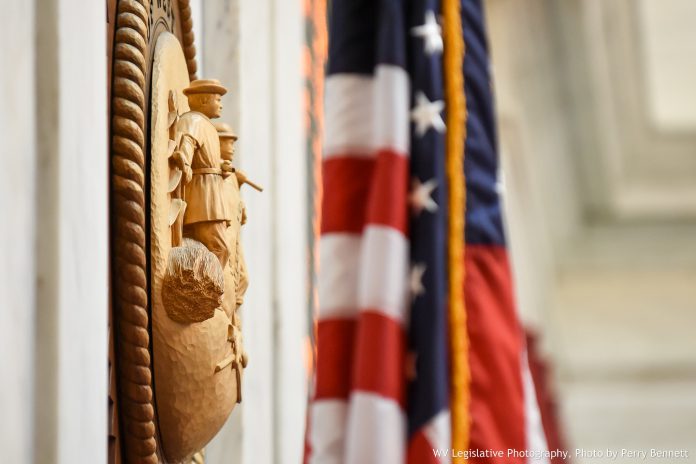
Less than three weeks after the tragic Sago mine accident in Tallmansville, WV in which 12 miners lost their lives, a second mining tragedy in Logan County last week claimed two more West Virginians. With the eyes of the nation once again focused on the Mountain State, members of the State Legislature acted quickly to develop life-saving legislation in regard to mine and industrial emergencies.
Although the investigations into the causes of these mine accidents that have impacted so many of the state’s citizens are still ongoing, the West Virginia Legislature worked diligently throughout the day on Monday, January 23rd to see to the approval of legislation directly affecting mine safety regulations.
Following the Aracoma Coal Mine disaster, Senate President Earl Ray Tomblin took an historical step by leaving his podium and introducing a measure from the Senate floor. In an unprecedented speech, President Tomblin appealed to his colleagues to suspend the Constitutional Rules that call for a bill to be read on three consecutive days, and enact immediate and necessary changes to current mine safety laws.
In less than eight hours, members of both the State Senate and House of Delegates discussed and passed Senate Bill 247, which mandates immediate and crucial upgrades in West Virginia’s rescue technology and provides for better communication among local and state officials and mine operators when an accident occurs.
Along with the passage of this measure, the first of its kind, the Speaker of the House of Delegates Robert “Bob” Kiss developed a special House Committee on Mine Safety to further study mine safety issues. This bi-partisan committee will look into additional policy changes that can be made during the current 60-day Session.
With the passage of Senate Bill 247, West Virginia has taken the lead in mandating the usage of this technology in every mine within its borders and has once again forged ahead in establishing mine safety standards. In 1968, the federal government passed the Mine Safety and Health Act in response to the devastating mine explosion that killed 78 miners in Farmington. And in 1972, Congress revamped federal laws pertaining to settling pond construction after 125 people were killed by flooding caused by an impoundment break along Buffalo Creek.
As lawmakers in Washington D.C. take notice of the major developments in mine safety contained within Senate Bill 247, the West Virginia Legislature’s unanimous approval of this measure is proof of its steadfast dedication to improving mine safety efforts here in the Mountain State. Although the bill is not a cure-all to prevent further mine tragedies, it is a major step in developing policies that can aid in the rescue of mine accident victims.
Brief Summary of Senate Bill 247
Senate Bill 247, passed by the Legislature on Monday January 23, 2006, seeks to provide additional safety and rescue provisions to enable expeditious response and prolong survivability within a mine after an accident occurs. The bill touches upon three major concepts: additional oxygen supplies; upgrades in specific technologies; and, greater streamlining of response efforts within local and state entities.
The bill requires oxygen apparatuses to be strategically placed throughout underground mines to provide extended caches of breathable air for those trapped by a mining accident. These breathing devices could provide valuable time for miners who find themselves barricaded underground. In addition, battery powered strobe lights and lifeline cords could be connected to these caches for visibility and access.
The use of wireless technology is a major component of the new safety regulations, including the required use of wireless emergency communication devices and wireless tracking systems. With communication a key aspect in rescue efforts, utilizing wireless devices that will keep those miners who are underground in contact with those on the surface will be crucial to their recovery.
Along those lines, the use of wireless tracking systems to provide real-time monitoring of the actual location of each miner underground may enable rescue teams to have the ability to know where to start searching and possibly reach those trapped in a more expeditious manner. This tracking information, however, could not be used against a miner in non-emergency situations.
To avoid further delay in the response and recovery when a disaster hits, the bill requires the mine operator or foreman in charge of the mine to notify local authorities or contact the newly created statewide Mine and Industrial Accident Emergency Operations Center within 15 minutes of realizing an accident has occurred.
This center, which is to be maintained by the Division of Homeland Security and Emergency Management, will become the official and primary state government communications hub for dealing with mine and industrial accidents. The Division also will be required to establish a 24-hour statewide telephone hotline to increase communication in disaster response.

